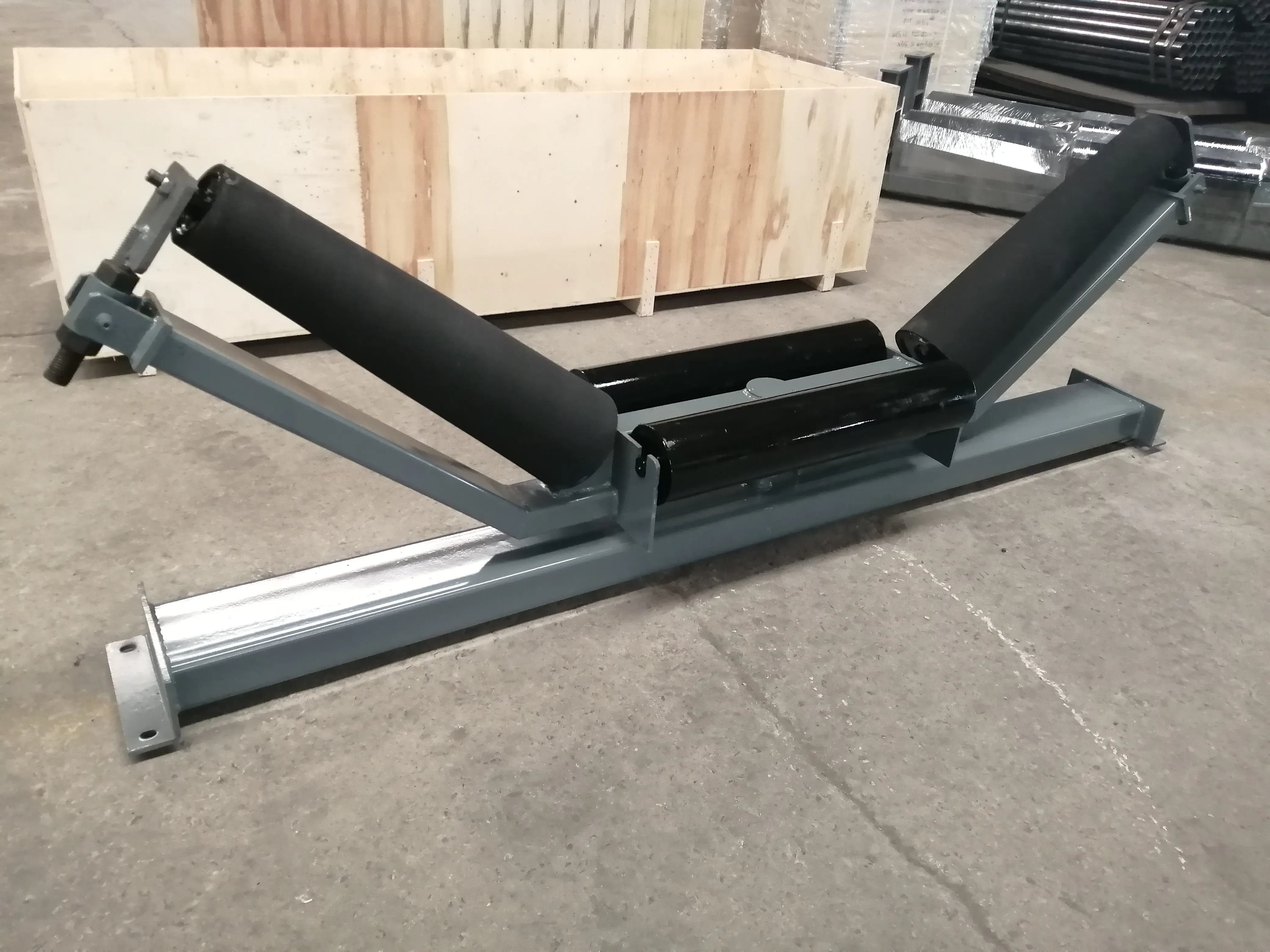 Afrikaans
Afrikaans  Albanian
Albanian  Amharic
Amharic  Arabic
Arabic  Armenian
Armenian  Azerbaijani
Azerbaijani  Basque
Basque  Belarusian
Belarusian  Bengali
Bengali  Bosnian
Bosnian  Bulgarian
Bulgarian  Catalan
Catalan  Cebuano
Cebuano  Corsican
Corsican  Croatian
Croatian  Czech
Czech  Danish
Danish  Dutch
Dutch  English
English  Esperanto
Esperanto  Estonian
Estonian  Finnish
Finnish  French
French  Frisian
Frisian  Galician
Galician  Georgian
Georgian  German
German  Greek
Greek  Gujarati
Gujarati  Haitian Creole
Haitian Creole  hausa
hausa  hawaiian
hawaiian  Hebrew
Hebrew  Hindi
Hindi  Miao
Miao  Hungarian
Hungarian  Icelandic
Icelandic  igbo
igbo  Indonesian
Indonesian  irish
irish  Italian
Italian  Japanese
Japanese  Javanese
Javanese  Kannada
Kannada  kazakh
kazakh  Khmer
Khmer  Rwandese
Rwandese  Korean
Korean  Kurdish
Kurdish  Kyrgyz
Kyrgyz  Lao
Lao  Latin
Latin  Latvian
Latvian  Lithuanian
Lithuanian  Luxembourgish
Luxembourgish  Macedonian
Macedonian  Malgashi
Malgashi  Malay
Malay  Malayalam
Malayalam  Maltese
Maltese  Maori
Maori  Marathi
Marathi  Mongolian
Mongolian  Myanmar
Myanmar  Nepali
Nepali  Norwegian
Norwegian  Norwegian
Norwegian  Occitan
Occitan  Pashto
Pashto  Persian
Persian  Polish
Polish  Portuguese
Portuguese  Punjabi
Punjabi  Romanian
Romanian  Russian
Russian  Samoan
Samoan  Scottish Gaelic
Scottish Gaelic  Serbian
Serbian  Sesotho
Sesotho  Shona
Shona  Sindhi
Sindhi  Sinhala
Sinhala  Slovak
Slovak  Slovenian
Slovenian  Somali
Somali  Spanish
Spanish  Sundanese
Sundanese  Swahili
Swahili  Swedish
Swedish  Tagalog
Tagalog  Tajik
Tajik  Tamil
Tamil  Tatar
Tatar  Telugu
Telugu  Thai
Thai  Turkish
Turkish  Turkmen
Turkmen  Ukrainian
Ukrainian  Urdu
Urdu  Uighur
Uighur  Uzbek
Uzbek  Vietnamese
Vietnamese  Welsh
Welsh  Bantu
Bantu  Yiddish
Yiddish  Yoruba
Yoruba  Zulu
Zulu Innovative Solutions for Efficient Mining Conveyor Pulleys and Their Applications
Understanding Mining Conveyor Pulleys The Backbone of Efficient Material Handling
Mining operations are inherently complex, involving the movement of large volumes of materials over varying distances. At the core of this logistical challenge lies an essential component conveyor pulleys. These mechanical devices play a critical role in the efficiency and effectiveness of conveyor systems, which are widely used in the mining industry for transporting ore, waste, and other materials. This article explores the significance, types, and maintenance of mining conveyor pulleys, highlighting their pivotal role in smooth and productive mining operations.
What Are Mining Conveyor Pulleys?
Conveyor pulleys are cylindrical devices that are used to drive, redirect, or support conveyor belts. Typically positioned at either end of a conveyor system, these pulleys not only assist in the movement of the belt but also serve specific functions depending on their position within the conveyor layout. The primary types of conveyor pulleys include drive pulleys, tail pulleys, and bend pulleys, each designed with unique features to enhance efficiency.
Types of Conveyor Pulleys
1. Drive Pulleys These are the main pulleys that provide the necessary traction for moving the conveyor belt. They are typically located at the discharge end of the conveyor and are often equipped with lagging to increase friction and prevent slippage. Drive pulleys may also be powered directly by motors or through gearboxes to ensure optimal performance.
2. Tail Pulleys Positioned at the loading end of the conveyor, tail pulleys serve to support and tension the conveyor belt. They help maintain the required tension, preventing slack that can lead to belt misalignment and potential operational issues.
3. Bend Pulleys These pulleys are used to change the direction of the conveyor belt, allowing it to navigate around corners or obstacles. Bend pulleys are essential in creating efficient conveyor layouts, especially in large-scale mining operations where space can be a constraint.
mining conveyor pulleys

Significance of Conveyor Pulleys in Mining
The efficiency of a mining operation heavily relies on the effectiveness of its material handling systems. Conveyor pulleys contribute significantly to this efficiency. Their robust design ensures reliability even under heavy loads and harsh conditions commonly found in mining environments. Additionally, a well-designed pulley system minimizes energy consumption, reduces wear on the conveyor belt, and decreases the overall cost of material transportation.
Moreover, conveyor pulleys can enhance safety in mining operations. By ensuring the smooth flow of materials, they reduce the likelihood of blockages and jams that can lead to accidents. Investing in high-quality pulleys also means lower maintenance costs and fewer disruptions, contributing to the overall productivity of the mining process.
Maintenance of Conveyor Pulleys
Proper maintenance of conveyor pulleys is crucial to their longevity and functionality. Regular inspections should be carried out to check for signs of wear, misalignment, or damage. Lubrication of bearings, timely replacement of lagging on drive pulleys, and ensuring that pulleys are correctly aligned all contribute to optimal performance.
It is also essential to train personnel in recognizing potential issues early, such as unusual sounds or vibrations. Adopting a proactive maintenance schedule can extend the lifespan of conveyor pulleys and ensure continuous, efficient mining operations.
Conclusion
In summary, mining conveyor pulleys are an integral part of material handling systems in the mining industry. Their various types serve specific roles that contribute to the overall efficiency, safety, and reliability of conveyor operations. By prioritizing proper maintenance and investing in high-quality pulley systems, mining companies can enhance their operational capabilities and achieve greater productivity, all while ensuring the safe and reliable transport of materials. As the mining industry continues to evolve, so too will the designs and technologies behind conveyor pulleys, potentially leading to even greater efficiencies in the future.
-
Revolutionizing Conveyor Reliability with Advanced Rubber Lagging PulleysNewsJul.22,2025
-
Powering Precision and Durability with Expert Manufacturers of Conveyor ComponentsNewsJul.22,2025
-
Optimizing Conveyor Systems with Advanced Conveyor AccessoriesNewsJul.22,2025
-
Maximize Conveyor Efficiency with Quality Conveyor Idler PulleysNewsJul.22,2025
-
Future-Proof Your Conveyor System with High-Performance Polyurethane RollerNewsJul.22,2025
-
Driving Efficiency Forward with Quality Idlers and RollersNewsJul.22,2025





























